Aloe vera. Care
Aloe Vera or Aloe
Aloe vera, also known as aloe, is a succulent plant native to arid regions of Africa. Think of it as a superhero of the plant world with many health and beauty benefits!
___________________________________________________________________________
Light:
Aloe vera loves the sun, so give it a sunny spot in your home! Place it near a bright window. But be careful, too much direct light can burn its leaves.
Water:
Aloe vera is like a camel: it can store water in its succulent leaves! Water your plant only when the soil is completely dry. Don't worry if you forget to water it from time to time; it likes to be left alone!
Substratum:
Give your Aloe vera a well-draining substrate to prevent its roots from feeling like they're in a swamp. A mix of cactus soil and perlite will work perfectly. It's like providing a comfortable cushion for its roots!
Temperature:
Aloe vera thrives in warm temperatures and tolerates a wide range. Keep it between 15°C and 32°C (59°F to 90°F). Although it doesn't like extreme cold, it can survive lower temperatures if they aren't prolonged.
Humidity:
Aloe vera isn't a fan of high humidity. It doesn't need a tropical environment to thrive. Normal humidity in your home will suffice. In fact, it prefers you forget about spraying it with water!
Toxicity:
Be careful with your furry friends! Aloe vera can be toxic to dogs and cats if ingested. Keep your pets away from this wonderful plant.
Additional:
This hardy, drought-tolerant plant is also known for purifying the air and releasing oxygen at night, making it an excellent roommate.

___________________________________________________________________________
Common problems:
-
Root rot: Overwatering and constantly wet soil can cause Aloe vera root rot. It's important to allow the soil to dry completely between waterings and use a well-draining substrate.
-
Yellowing leaves: Yellowing leaves on Aloe vera can be an indication of overwatering, lack of direct sunlight, or a lack of nutrients. Make sure to water the plant moderately, provide bright but indirect light, and fertilize it appropriately according to the recommendations.
-
Brown spots on leaves: Brown spots on Aloe vera leaves can be caused by sunburn. This plant prefers indirect sunlight, so protect it from strong, direct sunlight.
-
Fungal Diseases: Aloe vera can be affected by fungal diseases such as root rot, powdery mildew, and leaf spot. Maintain good airflow around the plant and avoid excess humidity to prevent these diseases.
-
Pests: Although Aloe vera is pest-resistant, it can occasionally be affected by spider mites or mealybugs. Regularly inspect the plant for signs of pests and take steps to control them if necessary, such as using natural insecticides.




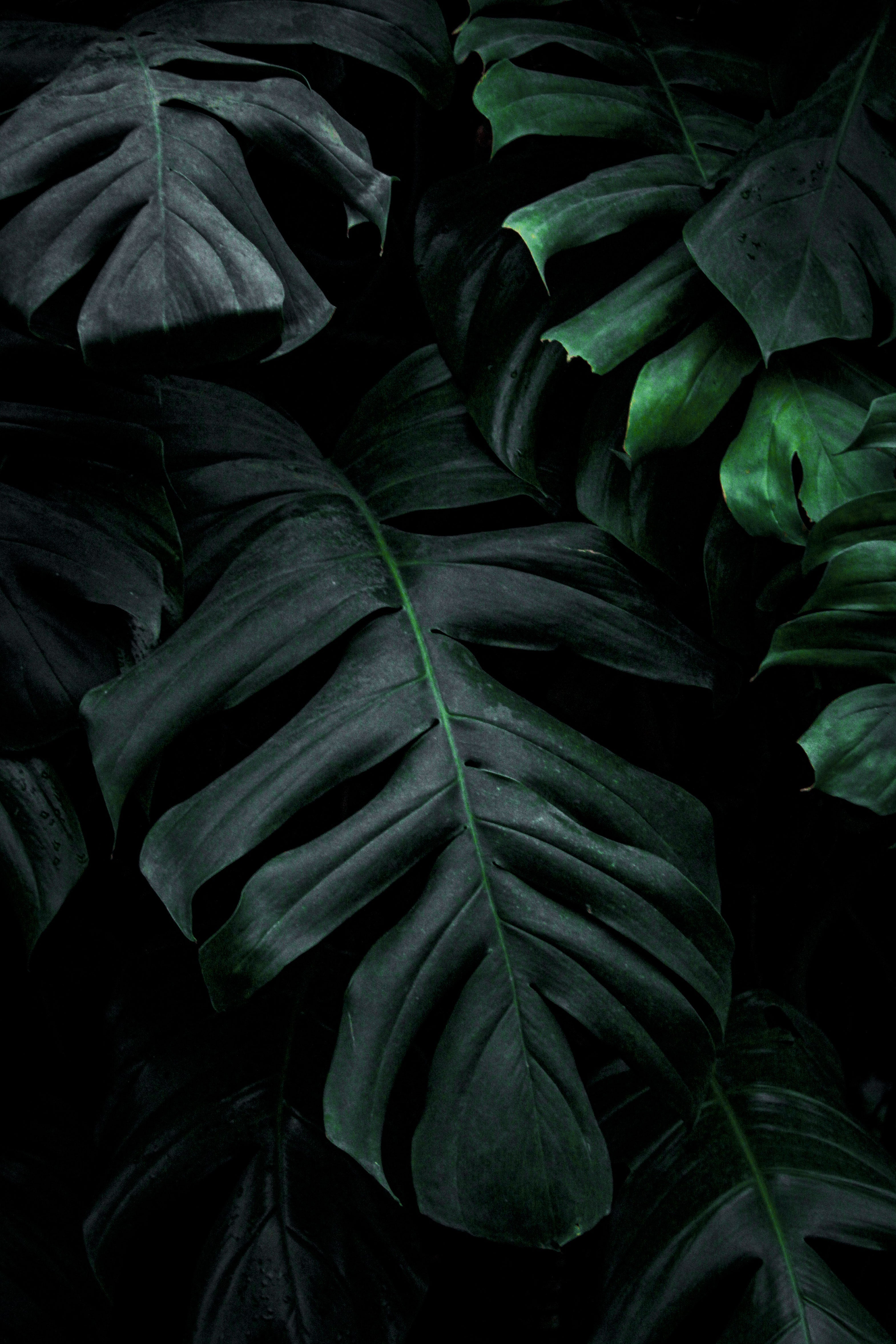
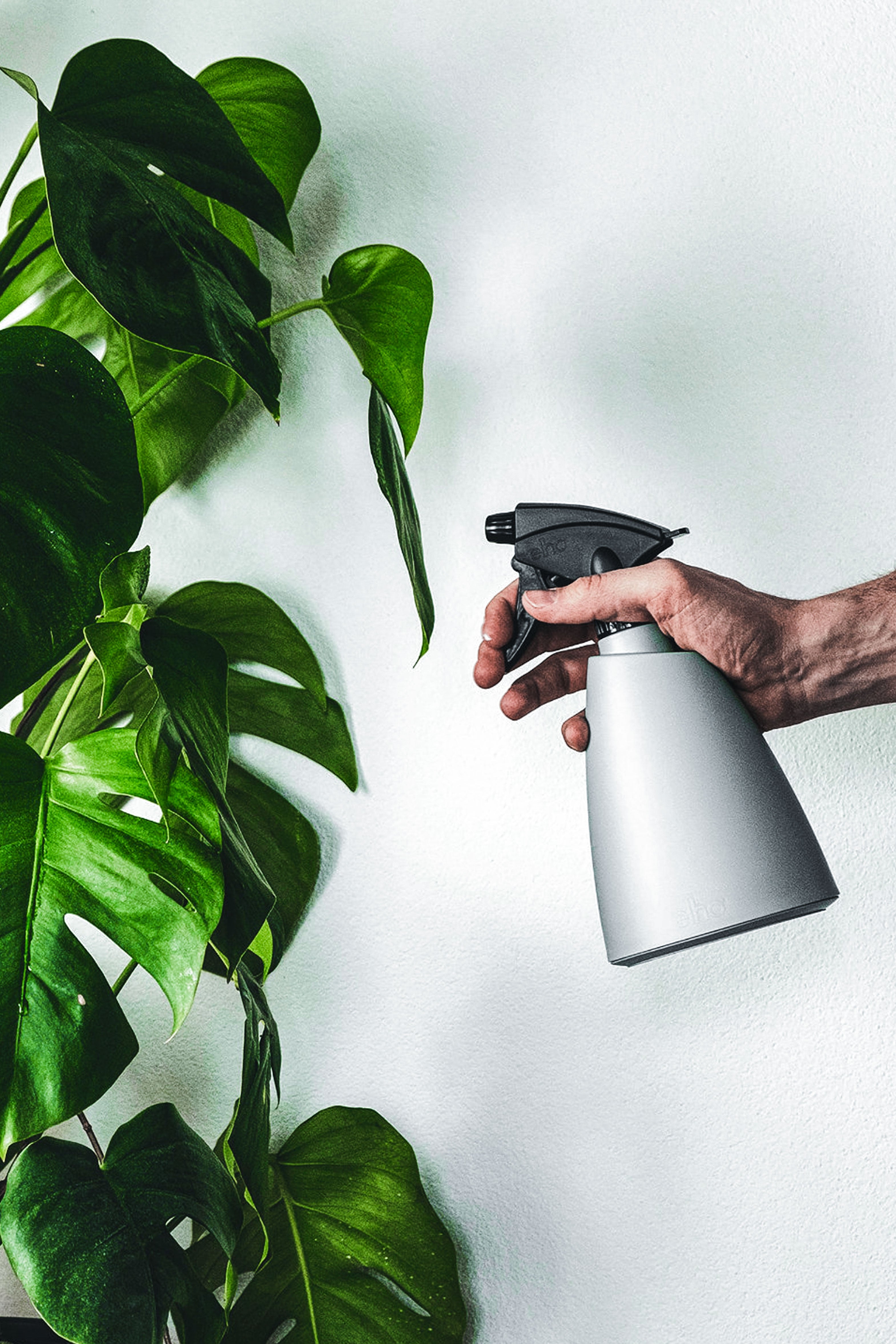
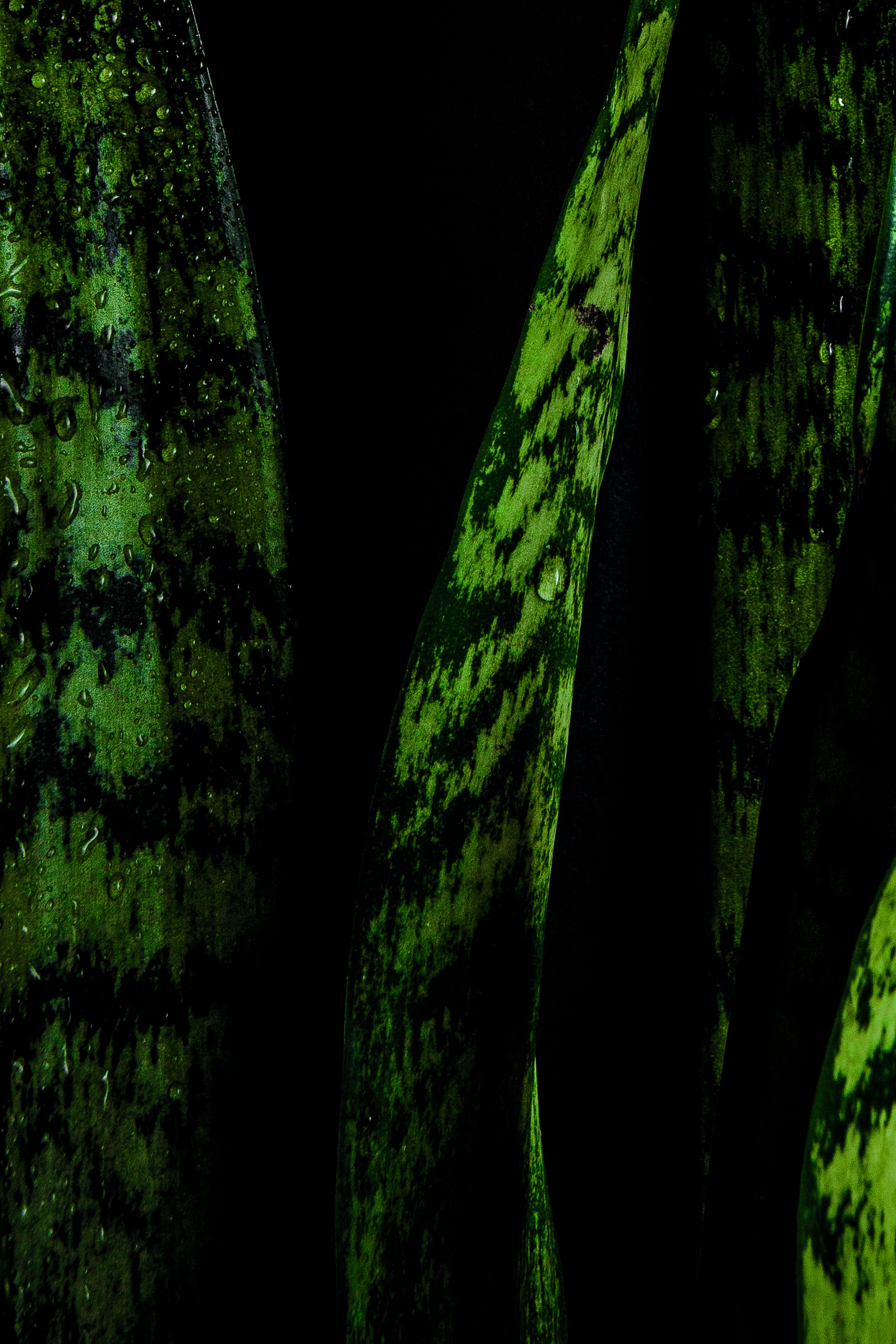
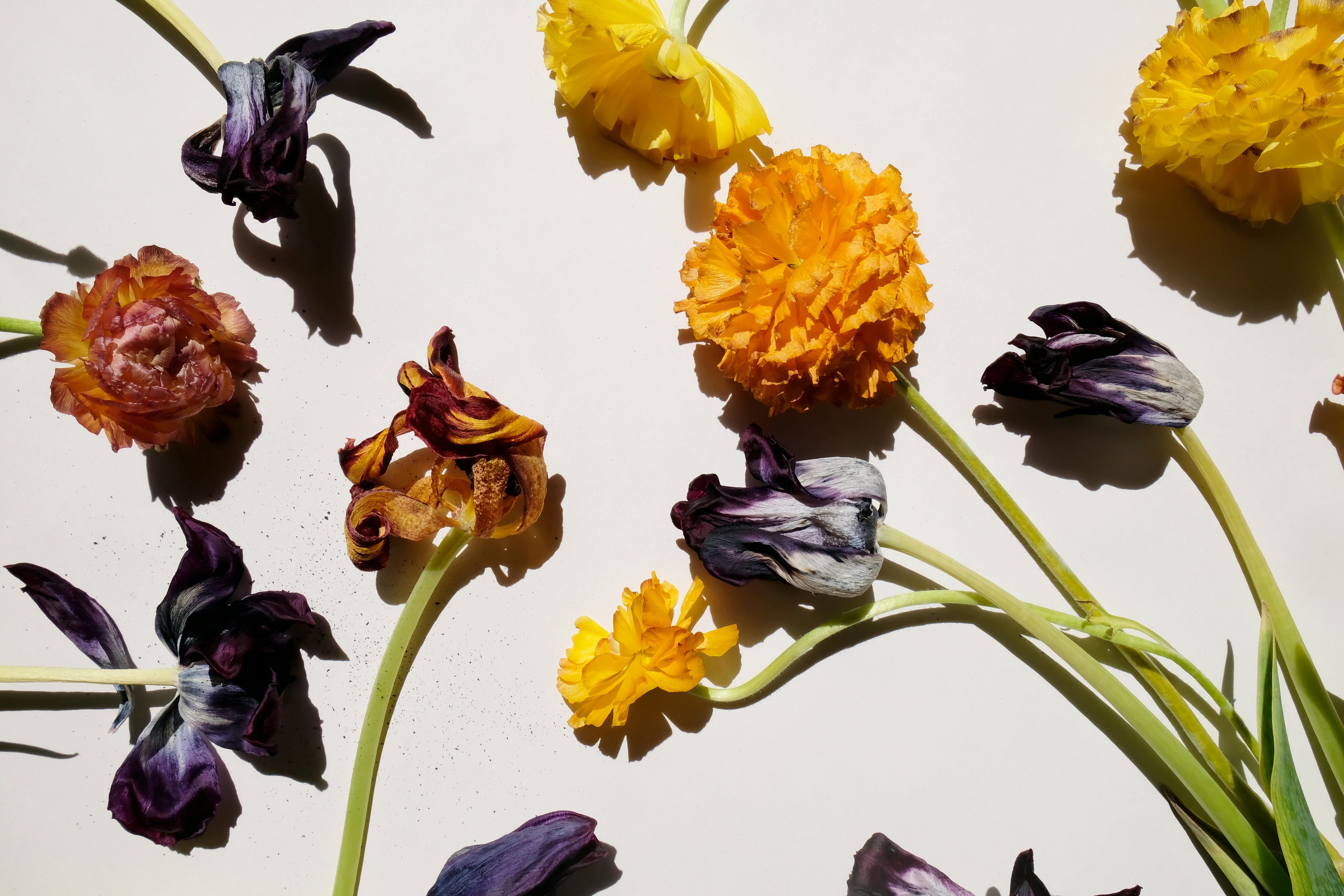
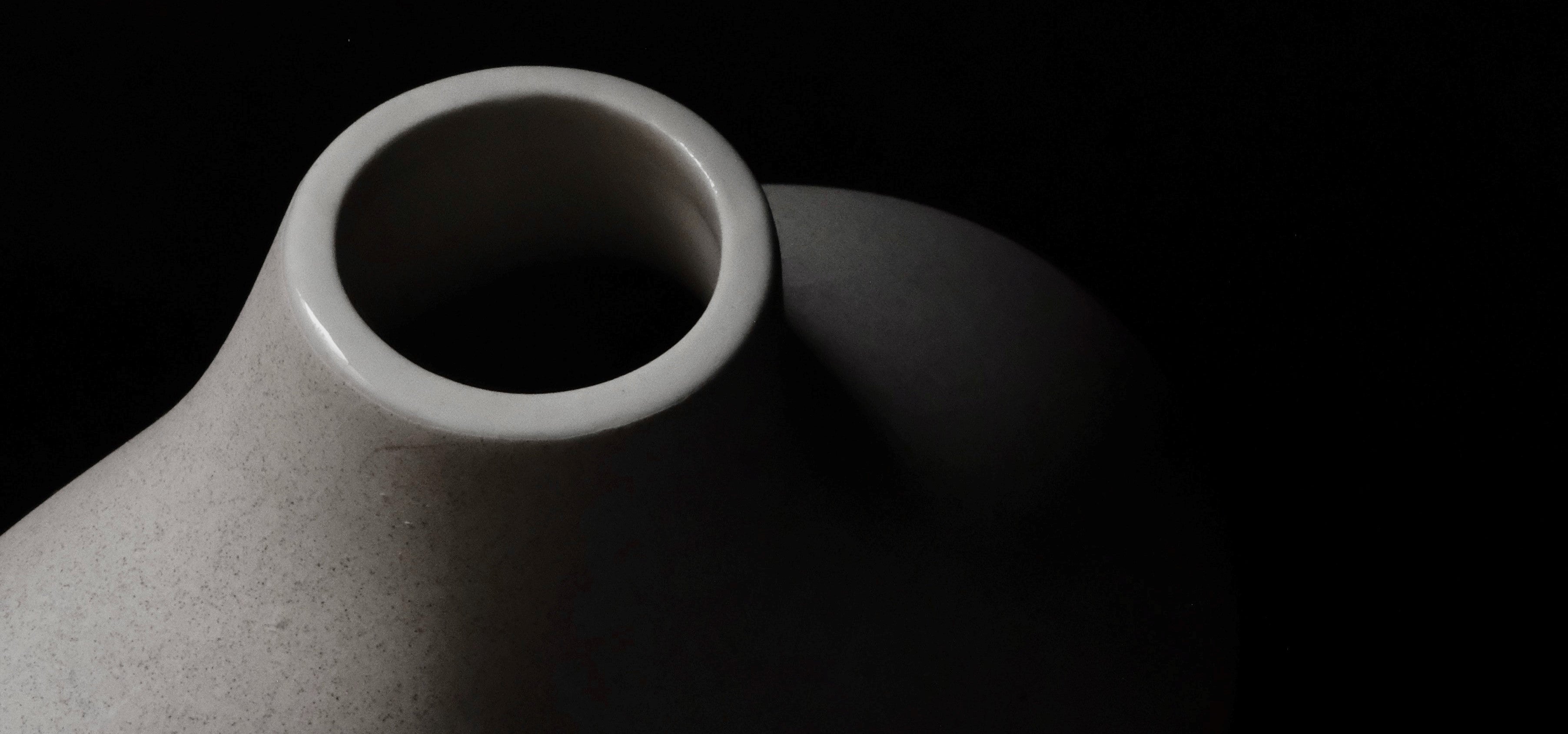
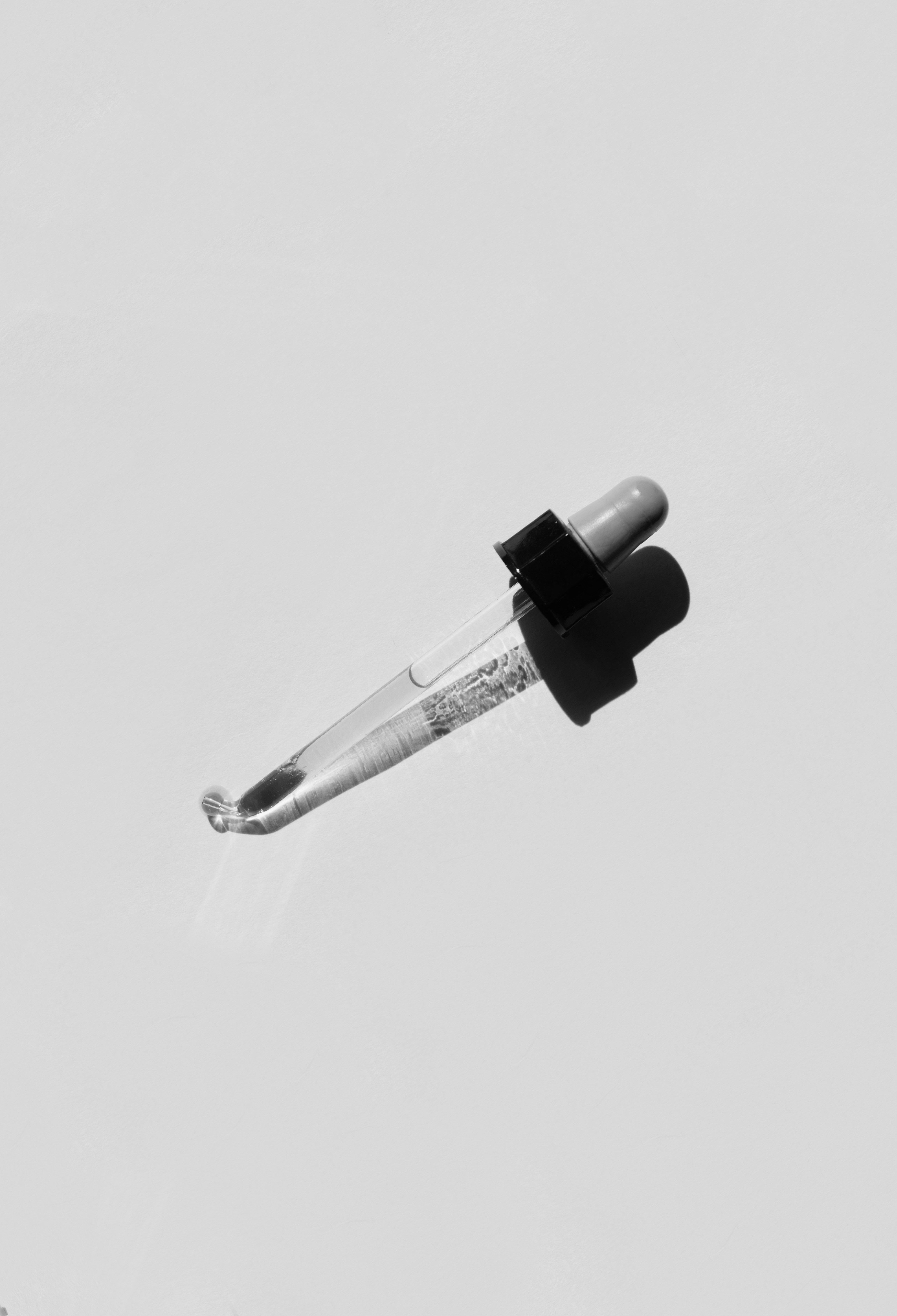
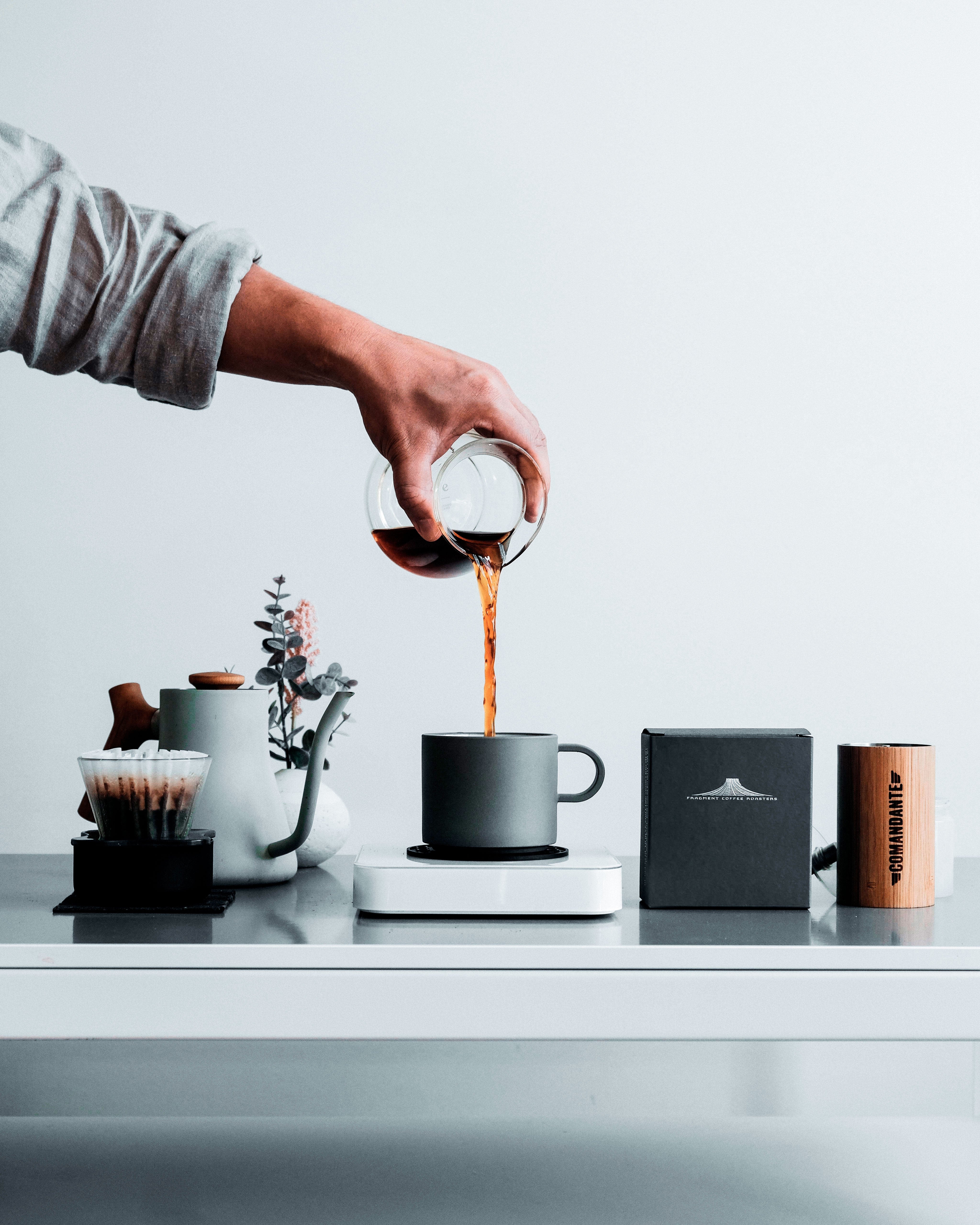
Leave a comment